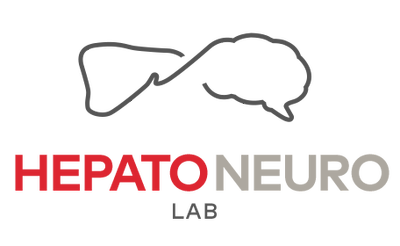The liver plays a major role in regulating ammonia levels in the blood. Therefore, in liver disease the loss of hepatic function leads to hyperammonemia and increased brain ammonia and consequently hepatic encephalopathy (HE). Ammonia-lowering strategies remain the mainstay therapeutic strategy. Ammonia, both as an ion (NH4+) and gas (NH3), easily crosses all plasma membranes, including the blood brain barrier (BBB); the interface between the blood and the brain. Glutamine synthetase (GS), an enzyme which in the process of amidating glutamate to glutamine removes ammonia, plays an important compensatory role during liver disease. GS is expressed in muscle and brain (primarily in astrocytes) but has never been thoroughly explored in the BBB. Therefore, the aim is to evaluate GS expression in endothelial cells of the BBB. Using primary rat brain microvascular endothelial cells (ECs), the presence of GS was assessed using rtPCR, western blot, immunohistochemistry and activity assay. Furthermore, we isolated cerebral microvessels (CMV) from the frontal cortex of naïve rats and measured GS expression by western blot using brain lysates as positive control and by immunohistochemistry (co-localized with caveolin-1 (marker for ECs). In addition, to understand the effect of ammonia on GS, ECs were exposed to 1mM of ammonia chloride for 48h. Finally, ECs were subjected to plasma from bile-duct ligated (BDL) rats (model of chronic liver disease) or sham-operated controls. We have characterized this BDL model and found both systemic oxidative stress and inflammation, in addition to hyperammonemia. ECs expressed GS mRNA, protein and activity. However, expression of GS was lower compared to brain lysate control samples (p<0.05). GS expression in CMV showed similar results to brain but GS activity was less (p<0.05). Using immunohistochemistry, GS was detected in ECs and in vessels of brain from naïve rats. When cells were submitted to ammonia, an increase in GS activity was demonstrated (p<0.05). However, when exposed to conditioned medium from BDL rats, GS was decreased when compared to sham-operated controls (p<0.01). These results demonstrate for the first time that GS is present in ECs in both in vivo and in vitro. The lower expression of the enzyme compared to that found in the brain, could explain why GS has never been reported in these cells. Interestingly, ammonia stimulates GS in endothelial cells, but its activity is decreased in the presence of other pathogenic factors in plasma from cirrhotic rats such as oxidative stress and inflammation. We speculate that a downregulation of GS allows for a faster and easier entry of ammonia into the brain and therefore may be implicated in the pathogenesis of HE. We anticipate increasing GS in ECs of the BBB could become a new therapeutic target for HE

